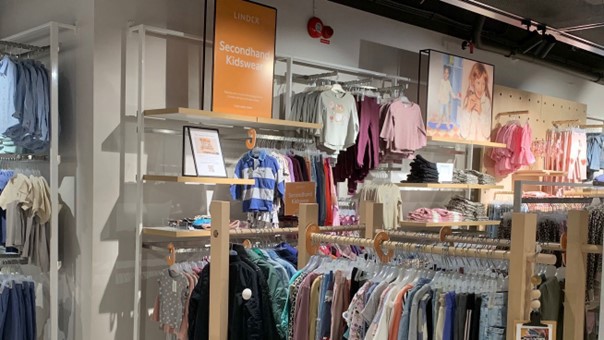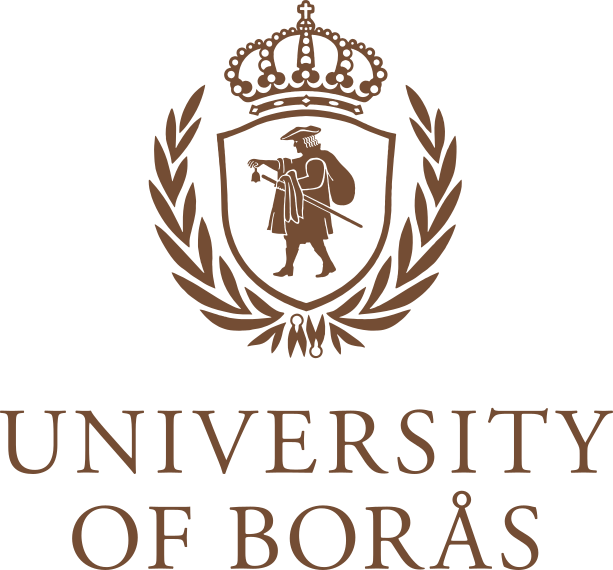Eye tracking lab with Lindex
2025-02-20

The assignment was carried out in collaboration with Lindex Sweden and aimed to investigate customers' experience of searching for and finding secondhand clothing through two different channels and target groups:
- In a physical store, with a focus on baby and children's clothing
- Online, with a focus on women's clothing
Method
Two different types of eye tracking technology were used:
In the store, eye tracking glasses were used to follow consumers' visual behaviour during their visit to the store.
Online, screen-based eye tracking was used to analyze how visitors navigate the Lindex website.
Part 1: Physical store (baby and children)
The aim was to map how easy it is to find second-hand clothing in the store, focusing on:
Clarity of signage and placement
Access to different sizes
Any guidance and information in the store
Results
It was generally easier to find the second-hand section for babies than for children because the baby section had a clearer distinction in relation to the rest of the range and was located on the store's entrance floor. The children's section was located on the second floor and even though signage was in place, the study showed that consumers often did not perceive that there were two separate second-hand sections, which created confusion.
Part 2: Website (women)
The study focused on the user-friendliness when searching for second-hand clothing for women on the Lindex website.
Results
The participants had difficulty finding second-hand pages. Two important reasons were that Lindex refers to second-hand garments as "pre-loved" in its submenu – a term that not all users associated with second-hand – and that the second-hand range was not placed together with the rest of the product range in the main menu, but was located further down together with general information about the company and purchases.
Conclusion
The study identified both strengths and areas for improvement in Lindex's second-hand offering. Based on the results, clearer communication, improved signage and a more intuitive website navigation can contribute to improving the customer experience and supporting more sustainable consumption choices.
Project details
Course/training: Theories of textile retail, Bachelor in Textile Management
Year: 2025
Course leader: Lars Hedegård
Technology used: Eye tracking glasses, Eye tracking screen
Case company: Lindex

